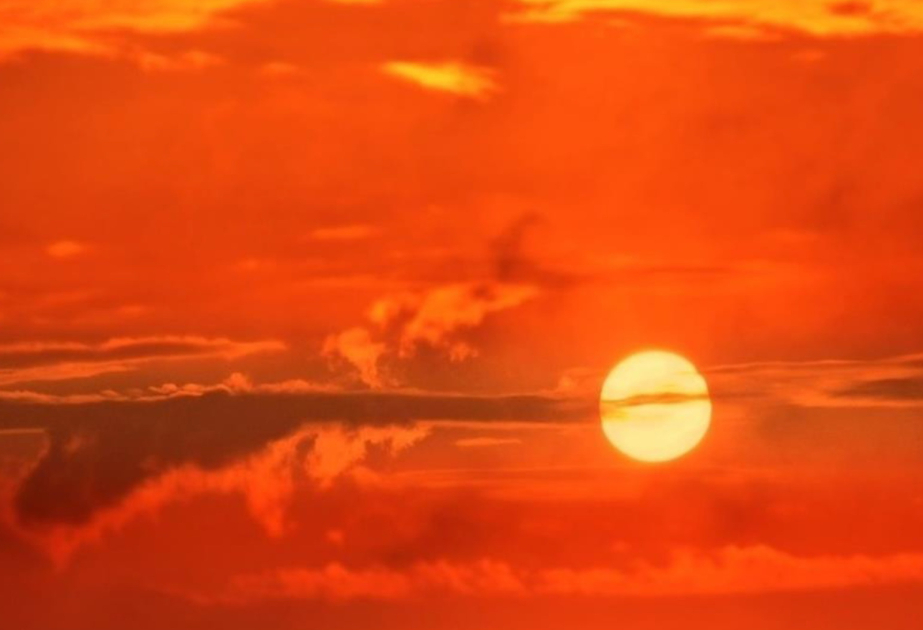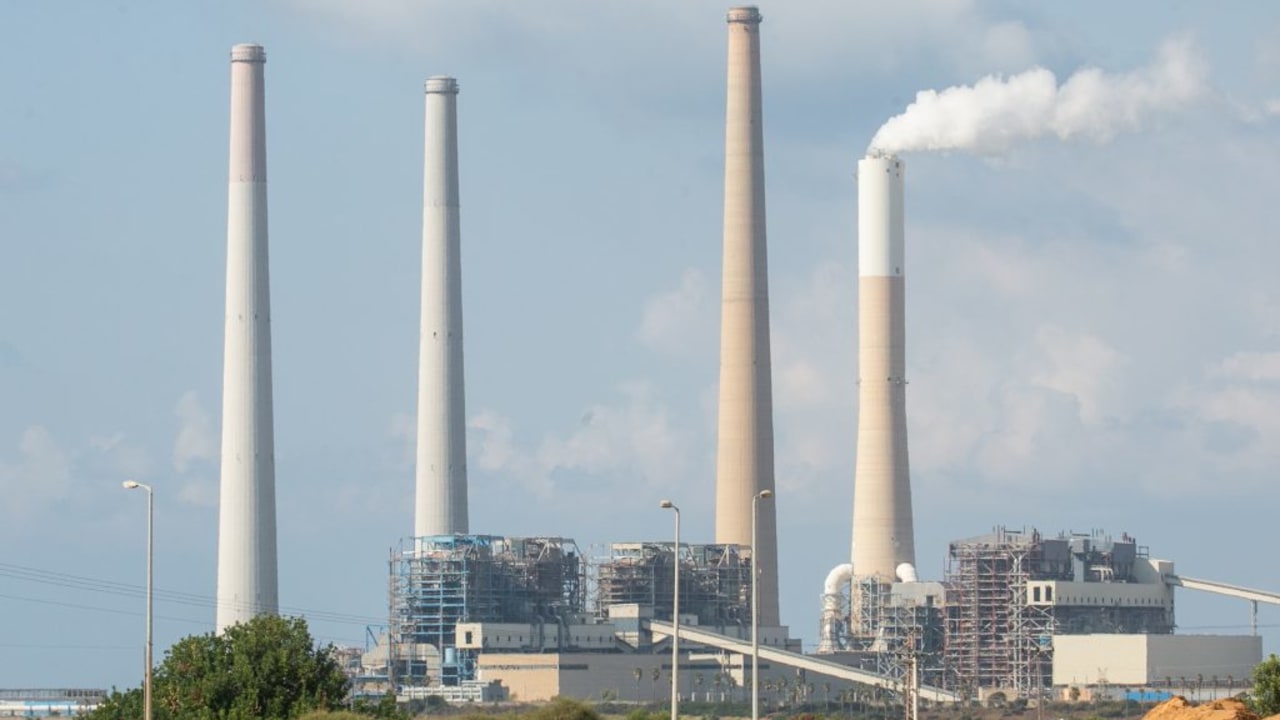As the world increasingly feels the impact of fossil fuel emissions, the climate in Europe is also changing. Last year, the continent experienced a host of contrasting weather extremes, Deutsche Welle reported citing the latest European State of the Climate report.
"In 2023, Europe witnessed the largest wildfire ever recorded, one of the wettest years, severe marine heat waves and widespread devastating flooding," said Carlo Buontempo, director of the EU's Copernicus Climate Change Service (C3S), which authored the report alongside the World Meteorological Organization.
The three warmest years in Europe have all occurred since 2020, and the 10 warmest since 2007.
In 2023, Europe saw 7% more precipitation than average. A third of the continent's rivers surpassed the "high" flood threshold, with some experiencing severe flooding.
Flooding hit some 1.6 million people across Europe, killing at least 40, according to the International Disaster Database. Storms claimed 63 lives, while 44 died in wildfires. Weather and climate-related events caused around €13.4 billion ($14.3 billion) in damages — more than 80% of which were linked to flooding.
"The climate crisis is the biggest challenge of our generation. The cost of climate action may seem high, but the cost of inaction is much higher," said Celeste Saulo, secretary-general of the World Meteorological Organization (WMO).
Damaging health impacts linked to climate change also rose across Europe, according to the C3S and WMO researchers.
The numbers of people dying from heat have soared around 30% over the past 20 years, while 2023 saw a record number of days with "extreme heat stress." Scientists define "extreme heat" as temperatures exceeding 46 degrees Celsius (114.8 Fahrenheit), when it is essential to take action to avoid health risks like heatstroke.
High temperatures also took their toll on Europe's glaciers, which saw "exceptional" ice loss in the Alps due to a lack of winter snow. Over the past two years, glaciers in the Alps have lost around 10% of their volume, according to the Copernicus report.
The situation highlights the link between heat, snowfall and drought. Water levels in the Po, an Alpine river, were below average for the entire year because of low snow cover. Northern Italy, which was already experiencing drought conditions, had even less water as a result.
Heat and drought are also drivers of wildfires, which occurred throughout Europe in 2023. An area the size of London, Paris and Berlin combined burned over the course of the year. Greece experienced the largest wildfire ever recorded in the EU, devastating a region twice the size of the capital, Athens.
Europe is the world's fastest warming continent, with temperatures rising at rate of more than twice the global average. This is partly due to Europe's proximity to the Arctic, according to Copernicus deputy director Samantha Burgess. The Arctic is warming around four times quicker than the rest of the world.
Improved air quality in Europe has also contributed to warming because there are fewer particles in the air that help to cool by reflecting sunlight, said Burgess.
However, last year also saw a record 43% of electricity generated from renewable energy sources in Europe. In 2022, the percentage was 36%. Fall and winter storms significantly boosted wind energy, and high-water levels in rivers meant more hydropower.
That means for the second year running, more electricity came from renewables than from climate-damaging fossil fuels. But, the authors warned, the greenhouse gas emissions in the atmosphere causing planetary heating continued to rise.
As a result, it's likely the planet will continue to smash new weather records until humanity reaches net-zero and the climate has stabilized, said Burgess.
Still, she added that the coming European summer probably won't break any temperature records as the warm El Nino climate pattern is due to end this year.




.webp)









